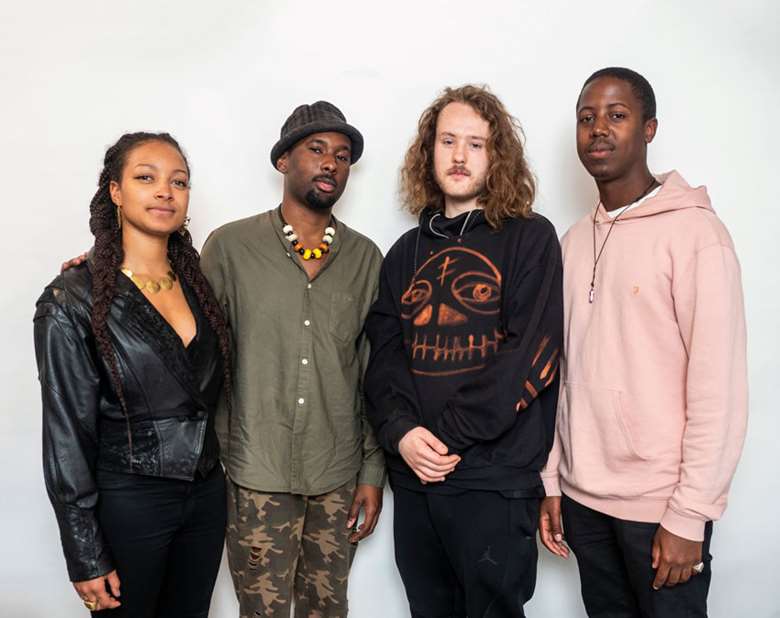London's jazz scene: the new jazz generation
Wednesday, July 31, 2019
London’s burgeoning new breed of genre-blind, rhythmically direct jazz musicians has been attracting youthful, multi-cultural audiences not seen in the UK for a generation, pioneering a radical and overdue shift in perception.


Register now to continue reading

Thank you for visiting Jazzwise.co.uk. Sign up for a free account today to enjoy the following benefits:
- Free access to 3 subscriber-only articles per month
- Unlimited access to our news, live reviews and artist pages
- Free email newsletter